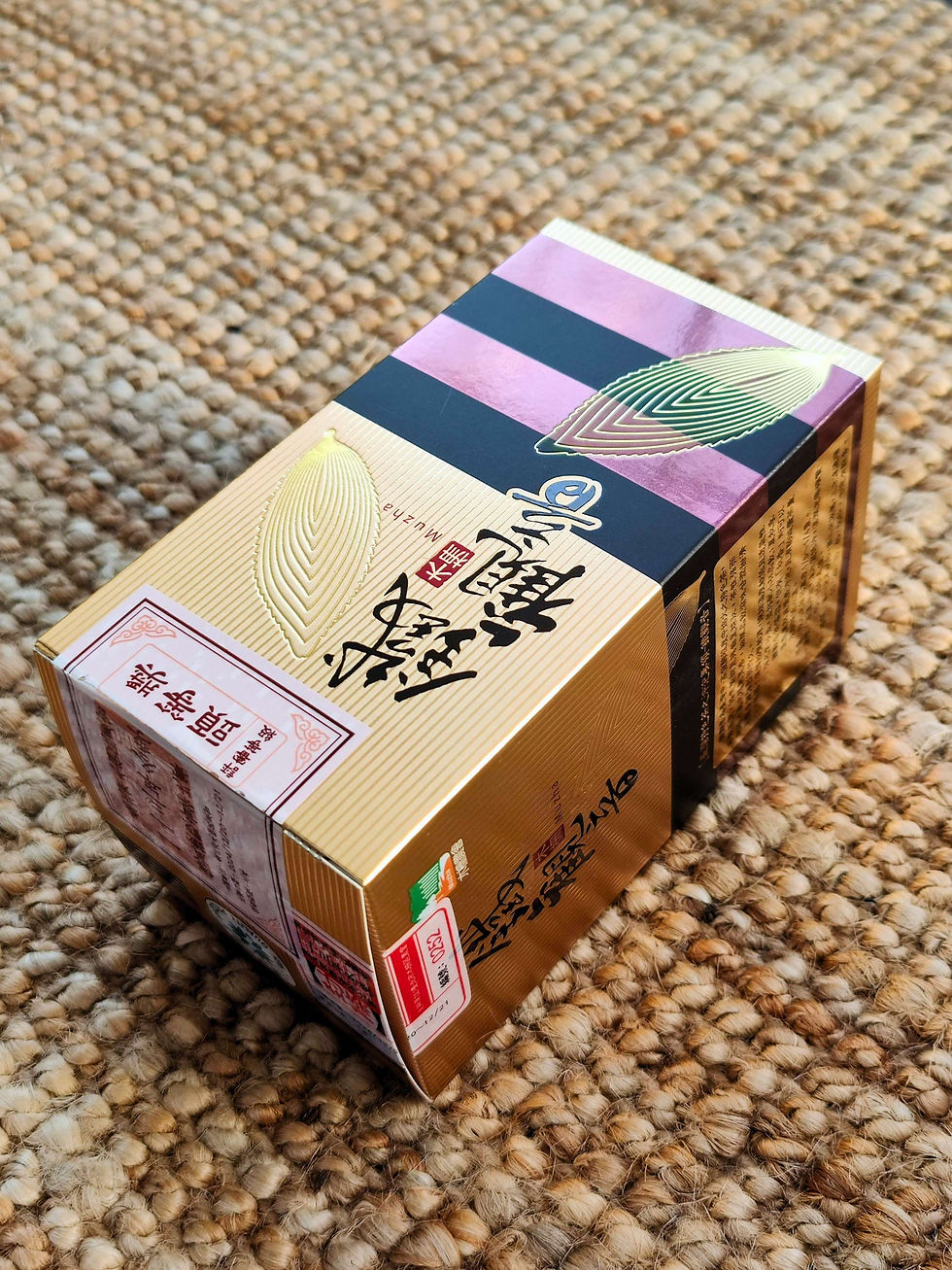Picture-Riddles about Tea
- Ilya Averyanov

- Jun 1, 2023
- 3 min read
Updated: Aug 3, 2023
If you have not yet seen Chinese riddles about tea and you have no idea what they can look like, here is an example of how it happens. It's pretty funny.
The 11 pictures in the gallery each represent a name of one variety of tea.
We will post answers with how to solve the riddles below. Test yourself. It will be fun!
The Chinese language is very homonymous (words are pronounced the same), so puns are very popular. It is also necessary to warn that some Chinese characters have 1–2 meanings. Sometimes, they may even have a dozen or even two dozen different meanings and can refer to different parts of speech (depending on the context, they may be a verb, noun, etc.). Now, let us begin with the answers.

六堡茶 Liù bǎo chá - Liu (six) Bao (fortress) Cha (tea), the answer was quite obvious.

大红袍 Dàhóng páo - Da (large) Hong (red) Pao (robe). This picture shows two cannons, one is small, and the other is large and festive, so it is written like this - 大红炮 - Da (big) Hong (another meaning is festive) Pao (cannon). Hence, it is read just like the famous and popular Da Hong Pao tea.

水金龜 Shuǐ jīnguī - shui (water), jin (gold), gui (turtle). Everything is quite literal here: the turtle holds water and gold.

西湖龍井 Xīhú lóngjǐng - xi (west), hu (lake), long (dragon), jing (water well), the picture shows a compass with the chinese character 西 “west”, below it is a fox 狐 (hu), which is standing on a dragon 龍 (long) that is trapped 阱 (jing).

碧螺春 Bìluóchūn - bi (emerald), luo (spiral), chun (spring). The picture shows a jade snail in love.

太平猴魁 Tàipíng hóu kuí - Tai Ping is the name of place of production, hou (monkey), kui (leader). In the picture there is a monkey (hou) - taiping (as a participant in a peasant uprising in the 19th century China) with a sunflower 葵 (kui).

六安瓜片 Liù ān guāpiàn - Liu An is the place of production, guapian (pumpkin seeds). In the picture, a deer 鹿 (lu) is in a saddle 鞍 (an) and there are watermelon slices 瓜片 (gua pian) on it.

白牡丹 Bái mǔdān - Bai (white), mudan (peony). In the picture, we see a mother 母 (mu) in white 白 (bai), near the furnace for making the pill of immortality (丹爐).

祁门红茶 Qí mén hóngchá - Qimen is the place of production, and hong cha is “red tea”. The riddle is solved the following way: to saddle or ride 騎 (qi) on the red 红 (hong) door 門 (meng).

鐵觀音 Tiě guānyīn - Tie (iron), Guanyin (one of the bodhisattvas in Buddhism). The riddle shows a bird inside a closed 關 (guan) iron 鐵 (tie) cage, which is attracted by a magnet 引 (yin).

凍頂烏龍 Dòng dǐng wū lóng - Dong (freeze), ding (peak), wu long (dark dragon). Literally: the dark dragon 烏龍 (wulong) freezes 凍 (dong) and says that it is very cold 好冷, referring to the famous tea growing region in Taiwan. You can try this wonderful tea in our shop.
We hope that this little quiz has shed some light onto the Chinese culture and sparked an interest in trying out some of these teas for yourself!

























